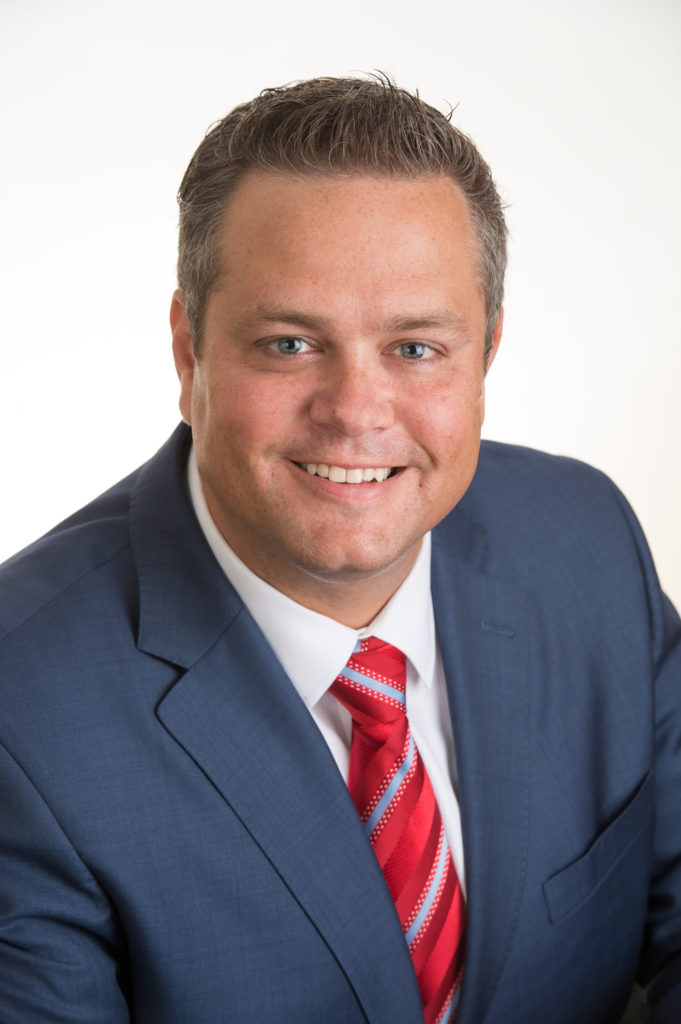Amid industry-wide staff shortages that are expected to worsen in coming years, VITAS Healthcare is leveraging current and prospective employees’ commitments to the hospice mission in efforts to build and retain its workforce, Nicholas Westfall, president and CEO of VITAS Healthcare, said in a second-quarter earnings conference call for parent company Chemed (NYSE: CHE).
Hospices nationwide are already struggling to fill their ranks.The United States has 13.35 hospice and palliative care specialists for every 100,000 adults 65 and older, according to an April 2018 study. The research estimated that by 2040 the patient population will need 10,640 to 24,000 specialists; supply is expected to range between 8,100 and 19,000.
Hospice and palliative care providers also experience shortages in non-physician disciplines, including chaplains, nurses, and social workers. As far back as 2008, the U.S. Centers for Medicare & Medicaid Service (CMS) began allowing hospice providers to use contracted nursing staff because not enough nurses were available to fill permanent positions.
“[There is] a lot of commentary comments regarding the shortage of the labor force, and we do have unique challenges on certain markets. There is not a single day that goes by without us focusing on how we can improve that as a company, because that’s ultimately going to determine how successful we are going forward,” Westfall said in the call. “The thing we’ve been able to do, that’s allowed us to be successful is really hone-in on building education and awareness, as to what drives people to VITAS and what drives people to stay at VITAS and the type of individual, we’re looking for really aligns with our culture and mission.”
The aging baby boomer population is both a challenge and an opportunity for hospice. Hospice utilization is rising; a record 50% of Medicare decedents received hospice care during 2018, according to the National Hospice and Palliative Care Organization. However, many hospice staff members are also approaching retirement, with nearly half of the total nursing workforce expected to retire within the next decade.
Hospices face unique recruitment challenges, particularly because medical, nursing, and social work students receive very little exposure to hospice or palliative care during their training. A 2018 study concluded that most students in clinical disciplines do not feel prepared to provide family care at the end of life.
For these reasons, on-boarding and training are important hospice recruitment strategies.
“Many candidates are experienced health care professionals who may be new to hospice; we use rich digital content, such as videos, employee interviews and “Day in the Life Of…” articles to show them what it means to work in hospice,” Diane Psaras, chief human resources officer at VITAS, told Hospice News. “Our strategic hiring plan encompasses advanced talent management software to screen applicants, hiring fairs (including on-the-spot job offers at some), marketing support for local recruiting efforts, rigorous background/drug testing, and engaging, digital experiences for new-employee onboarding.”
Generally, clinicians who come to work in hospice care often have a strong dedication to the mission of providing patient-centered, interdisciplinary end-of-life care and thrive in the workplace when they feel confident that they are making a difference in the lives of patients and families, research indicates. VITAS incorporates these concepts into their recruitment and retention efforts.
“Employees know that the work they do, directly and positively impacts our patients and families during one of the most important times of their lives – the end of life,” Psaras said. “For that reason, the work they perform every day is meaningful, fulfilling and instills pride. Many, in fact, refer to their work in the hospice profession and at VITAS as ‘a calling.’”
VITAS saw financial and service line growth during the second quarter of 2019, earning net revenue of $313 million, up more than 5% from the Q2 the prior year. The hospice provider’s average daily census rose to 18,681 patients, a 5.9% increase from Q2 2018.Total admissions in the second quarter reached 17,491, up 3.8% from the prior year.
The company expects the growth to continue at similar rates through the remainder of the year.
“We consider it a continuing trend line,” Chemed Chief Financial Officer David Williams said in the earnings call. “You will be surprised if this doesn’t extend into the third and fourth quarters.”



